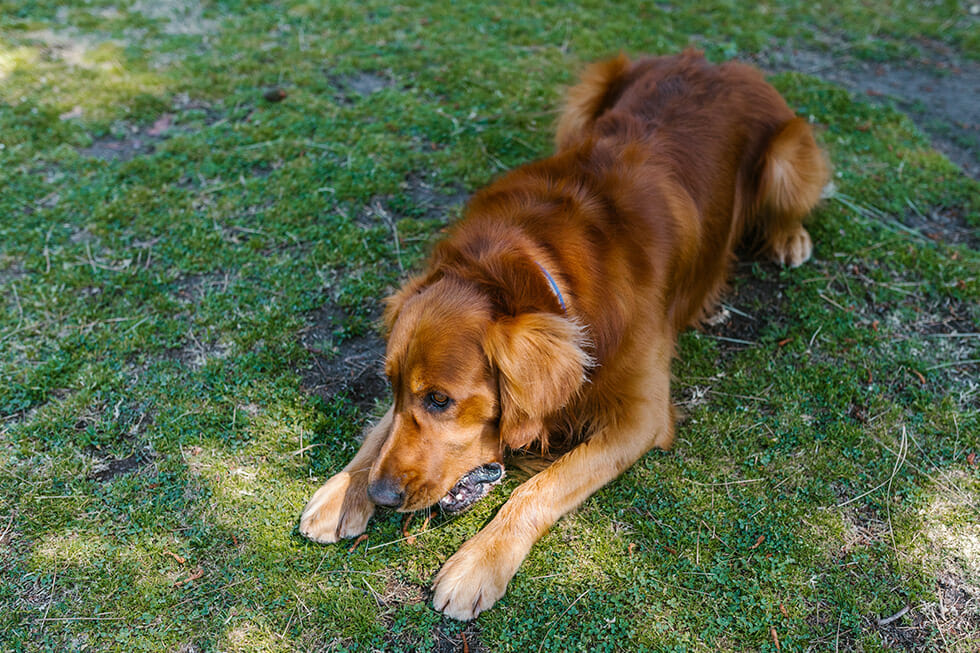
Cruciate Ligaments
Understanding and Preventing Cruciate Ligament Problems in Dogs
Cruciate ligament ruptures can be both painful and costly for your dog. In this guide, Pet Insurance Australia explores cruciate ligament problems and offers insights on how to prevent your pet from experiencing this painful condition.
The Commonality of Cruciate Ligament Problems
Cruciate ligament issues are frequent claims in pet insurance, according to Nadia Crighton from Pet Insurance Australia. These problems can arise from various causes, including accidents, injuries, bad breeding, obesity, and genetic conditions.
The Role of Cranial Cruciate Ligament (CCL)
The Cranial Cruciate Ligament (CCL) is a vital connective tissue band that stabilizes the knee joint in a dog’s hind leg. Damage or rupture of this ligament can result in sudden lameness and pain, often necessitating surgical intervention. Some dogs may experience gradual ligament degeneration, while others may become lame suddenly after certain actions.
Breeds Prone to Cruciate Ligament Disease/Conditions
Certain breeds are more susceptible to cruciate ligament issues. The top five affected breeds include Newfoundland, Australian Terrier, American Bulldog, Bichon Frise, and Rottweiler. However, Crighton emphasizes that any dog breed, regardless of size, can be impacted by these problems, particularly in younger dogs aged two to seven.
Preventing Cruciate Ligament Problems
Prevention plays a crucial role in avoiding cruciate ligament issues. Maintaining your pet’s healthy weight and being cautious during exercise to minimize twisting or jumping movements, especially during puppyhood, can reduce the strain on their ligaments.
Recognizing Signs of Trouble
Dogs often hide their pain, so it’s essential to watch for signs of lameness or reluctance to use a leg. If you notice any such signs, seeking advice from a veterinarian is recommended.
Seasonal Trends in Claims
Claims related to cruciate ligament diseases tend to increase each year, with spikes observed during the COVID-19 lockdowns, possibly due to increased physical activity. Pet Insurance Australia also sees higher claim volumes from September to December, suggesting a transition from less active winter months to more active spring and summer periods. It’s advisable to reintroduce your pet gradually to a more active lifestyle if they’ve been less active during the cooler months.
Understanding cruciate ligament problems and taking preventive measures can help ensure the health and well-being of your canine companion. By staying attentive and proactive, pet owners can reduce the risk of their dogs experiencing this painful condition.
Featured by:
Photo by RODNAE Productions
Get the latest Pet Insider Tips & News
We offer award-winning* pet insurance policies to protect your furry friend’s health and wellbeing. Get a quote today and give your pets the care they deserve.
Archives
Categories
- Cat Care (66)
- Cats (3)
- Dog Care (130)
- Guides (29)
- Health and Nutrition (203)
- Lifestyle and Activities (221)
- Media Release (38)
- Pet Care (255)
- Rescue Dogs (1)


